Castor oil and apple cider vinegar (ACV) are both long-standing staples in natural health. However, when these two powerhouse ingredients merge, they may offer even greater perks for your skin, hair, and overall well-being.
Castor oil’s high ricinoleic acid content works hand in hand with ACV’s acetic acid and natural enzymes, possibly creating a stronger anti-inflammatory and detoxifying effect.
If you’re on the lookout for a gentle, budget-friendly remedy to rejuvenate both body and mind, this duo is certainly worth exploring.
#1. Enhanced Anti-Inflammatory Action
Castor oil contains ricinoleic acid, which researchers associate with reduced swelling in inflamed tissues.
For instance, a study in the Journal of Naturopathic Science found that topical applications of castor oil helped alleviate mild joint pain.
Likewise, apple cider vinegar, with about 5–6% acetic acid, may aid in balancing your skin’s pH, further calming irritation.
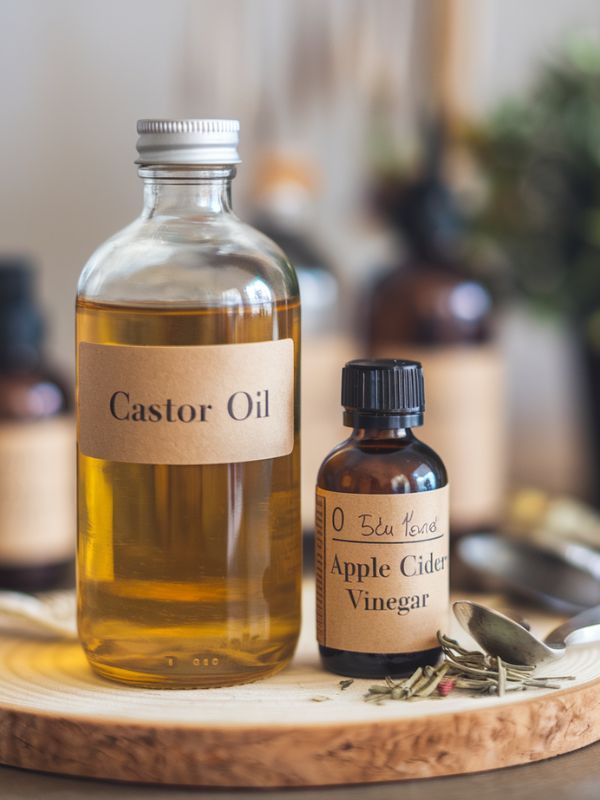
#2. Improved Skin Health and Detoxification
Castor oil’s thick consistency can lock in moisture, while ACV’s gentle exfoliating properties help clear away dead skin cells.
Consequently, people often notice fewer blemishes and less dryness with regular use.
In particular, 100 grams of apples (the base for ACV) can contain up to 5 mg of vitamin C, adding antioxidant support to the vinegar’s cleansing effect.
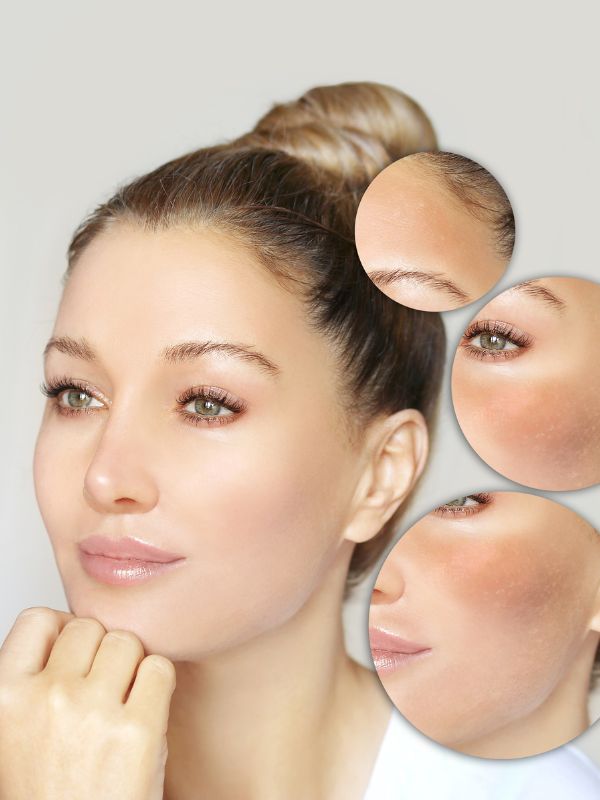
#3. Hair and Scalp Nourishment
Massaging a castor oil–ACV mix into your scalp may help reduce dandruff and product buildup.
As a result, many individuals experience shinier, more vibrant hair because ACV clarifies the scalp and castor oil nourishes the follicles.
Moreover, the antifungal qualities of acetic acid can minimize issues like scalp itchiness and mild fungal irritation.
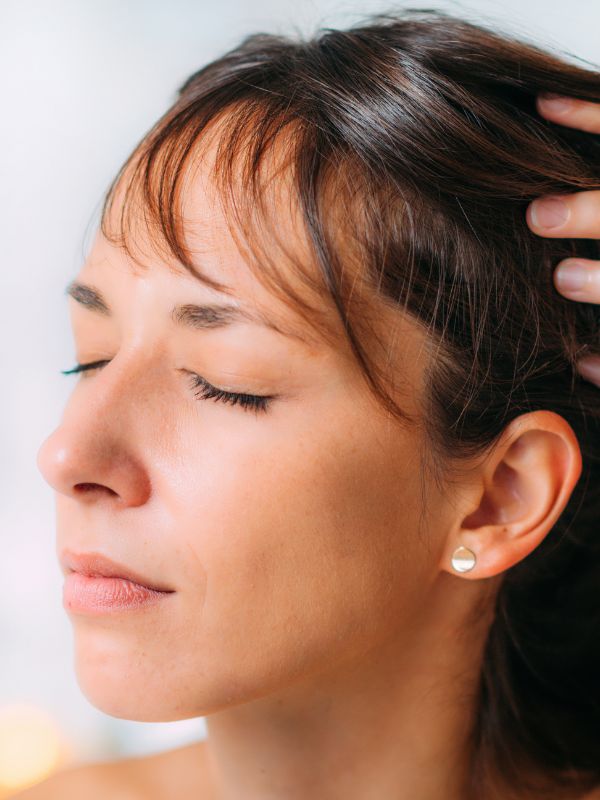
#4. Potential Circulation Boost
Some proponents claim that castor oil stimulates blood flow beneath the skin, while ACV’s enzymes may promote lymphatic drainage.
Therefore, using a warm compress with this mixture might help improve localized circulation. Better circulation can, in turn, support toxin removal and reduce minor swelling in targeted areas.

#5. Joint and Muscle Support
When applied with gentle heat, ricinoleic acid penetrates tissues, potentially soothing aches and tension.
ACV’s minerals, such as potassium, may complement these effects by supporting electrolyte balance.
Hence, this combined approach can be a valuable part of a holistic recovery regimen.

How to Use Castor Oil with Apple Cider Vinegar
1. Basic Mix
You can combine 2 tablespoons of cold-pressed castor oil with 1 tablespoon of raw, unfiltered apple cider vinegar.
Then, stir or shake thoroughly in a small container until you see a unified consistency.
2. Skin Application
You should cleanse the affected area, then apply a thin layer of the mixture and massage gently.
Next, leave it on for 15–30 minutes or overnight if your skin tolerates it well. Rinse with warm water and pat dry.
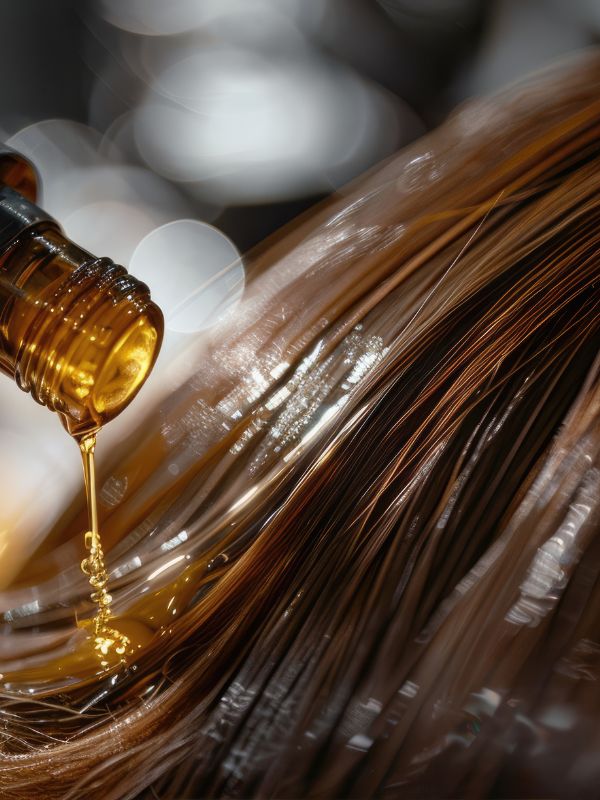
3. Scalp and Hair Mask
You might part your hair into sections, apply the mix at the roots, and massage your scalp for a few minutes.
Cover your head with a shower cap and wait 20–30 minutes. Finally, you just need to wash thoroughly with a mild shampoo to remove any residue.
4. Warm Compress for Joints
You could massage the blend onto sore joints, then place a warm towel or compress over the area for 20 minutes.
Relax and allow the heat to boost circulation and absorption.
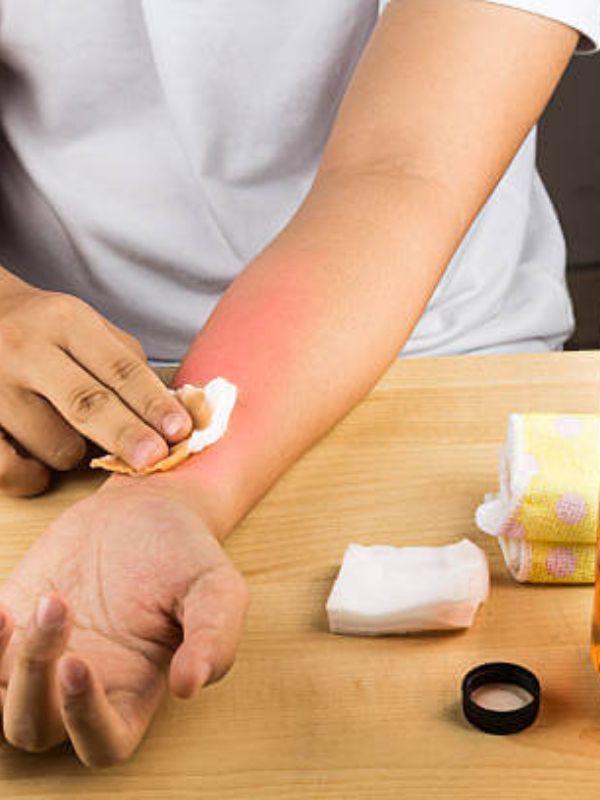
Cautions and Precautions
Although castor oil and apple cider vinegar are generally safe, they can cause irritation on sensitive or broken skin.
Therefore, it’s crucial to perform a patch test—apply a small amount on your inner arm and wait 24 hours to ensure no adverse reaction occurs. If you notice excessive redness or itching, discontinue use.
Individuals with chronic skin conditions, pregnant or breastfeeding people, or those on specific medications should consult a healthcare professional before using this mixture.
Likewise, if you experience persistent discomfort or suspect an allergic reaction, it’s best to stop immediately and seek medical advice.
Disclaimer
This article is provided for informational purposes only and should not replace professional medical guidance.
Always consult a qualified healthcare provider before introducing new home remedies into your routine.
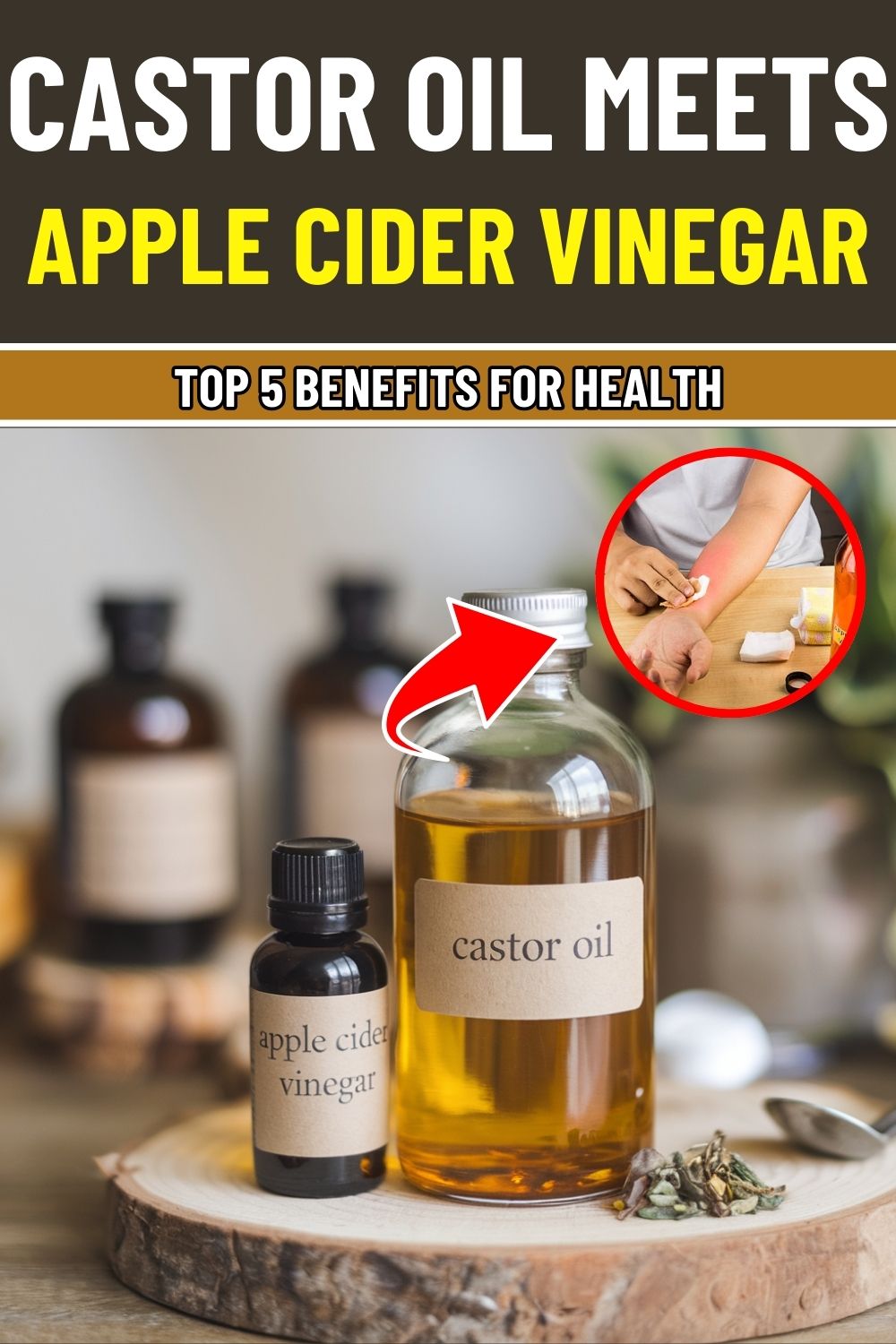
The Surprising Health Benefits of Mixing Castor Oil with Apple Cider Vinegar
